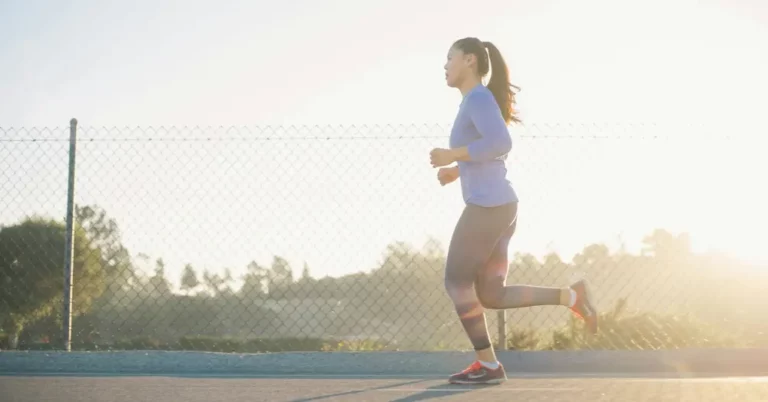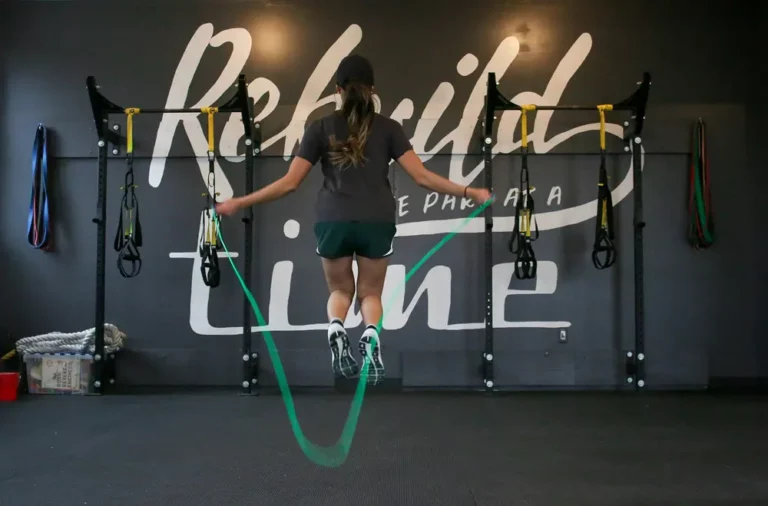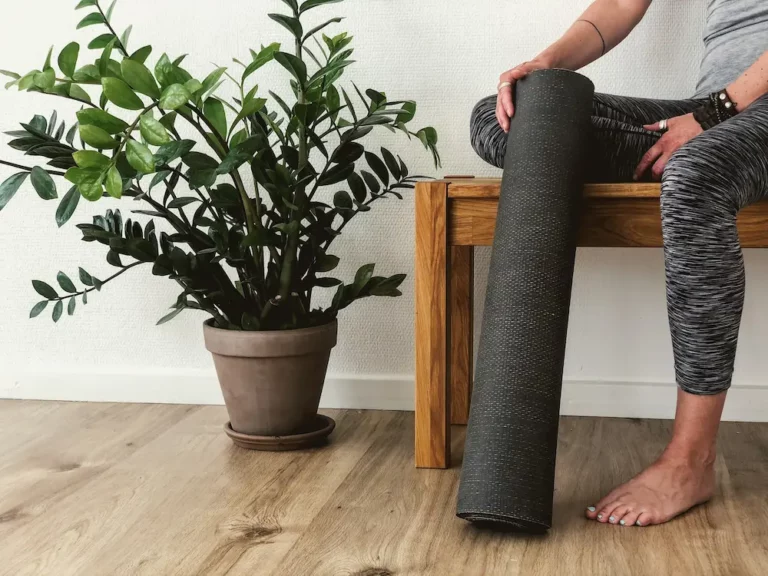Do Calf Raises Boost Your Running Speed? A Complete Guide
Ever wondered if those calf raises you’ve been diligently doing could actually make you faster? It’s a question that’s crossed my mind more times than I can count, especially on days when I’m pushing through those last few reps. The simple movement of lifting your heels off the ground seems too straightforward to be a game-changer, right?
Well, I decided to dive into the mechanics of it all and what I found might surprise you. Calf raises, a staple in many workout routines, target the muscles that are key players in our ability to run and jump. But the question remains: Can strengthening these muscles actually translate to increased speed on the track or field? Let’s explore what the science says.
The Role of Calf Raises in Running Performance
Mechanics of Calf Muscles in Running
When I first took up running, I didn’t give much thought to my calves. It wasn’t until I started looking into ways to improve my speed and endurance that I realized just how crucial these muscles are. Running isn’t just about putting one foot in front of the other; it’s a complex interplay of muscle groups working in harmony, and your calf muscles play a starring role.
The gastrocnemius and soleus, the main muscles in your calf, are pivotal for the push-off phase of running. This is the moment your foot leaves the ground and propels you forward. They’re responsible for plantar flexion, which is the action of pointing your toes. Every step taken during a run, jump, or sprint involves these muscles.
Impact on Sprinting and Direction Change
In the context of speed, calf raises could be a game-changer. Given that the gastrocnemius is rich in fast-twitch muscle fibers, it’s incredibly suited for speedy, power-driven activities like sprints. Strengthening this muscle through calf raises means your potential for powerful push-offs increases, which can translate into faster sprint times.
Moreover, for athletes involved in sports requiring quick direction changes, robust calf muscles are indispensable. These sudden shifts in movement put a lot of stress on your calves. By performing calf raises regularly, you’re not only improving the strength of these muscles but also working on their resilience, reducing the risk of injury.
Strengthening Lower Leg Muscles
When I think about gaining speed and improving my running performance, strengthening the lower leg muscles is a strategy I cannot overlook. This includes targeting specific muscles that play critical roles in my running mechanics. Let’s dive into the significance of these muscles and how they contribute to making me faster.
Soleus and Gastrocnemius Muscles
The calf comprises two primary muscles: the soleus and the gastrocnemius. Both are pivotal in the push-off phase of running, which is crucial for speed. The gastrocnemius is more involved when I’m performing calf raises standing up, exerting the majority of the force. This muscle is not just about aesthetics; it’s a powerhouse that propels me forward with each stride. On the other hand, when I’m seated during calf raises, the soleus takes the lead. This muscle might not be as visible as the gastrocnemius, but it’s the stamina champion, supporting me on long runs and playing a significant part in maintaining my pace. To enhance my speed, I make sure to include both standing and seated calf raises in my workouts. This approach ensures I’m targeting each muscle effectively, optimizing their roles in making me faster.
Tibialis Anterior Muscle
While the calf muscles receive a lot of attention, there’s another player in the lower leg that deserves its spotlight: the tibialis anterior. This muscle is crucial for dorsiflexion, the action of pulling the toes up towards the shin. Every time my foot strikes the ground, the tibialis anterior works to stabilize my ankle and prepare my foot for the next push-off. Strengthening this muscle can improve my foot’s landing mechanics and reduce the risk of injury, allowing me to maintain a consistent training program. Exercises like toe taps and resistance band dorsiflexions are simple yet effective ways I incorporate tibialis anterior strengthening into my routine. Not only do these exercises support my calf training, but they also contribute to a more balanced and powerful lower leg muscle group, laying the groundwork for increased speed.
Enhancing Ankle Strength
Enhancing ankle strength is crucial for runners looking to improve their performance. As I dove deeper into understanding the mechanics of running, I realized that a lot of power comes from the ankles. They’re not just for support; they’re pivotal in propelling you forward and can significantly impact your speed and endurance.
Significance of Stride Length
The length of each stride you take while running plays a vital role in your speed. Longer strides mean you cover more ground with each step, contributing to a faster running pace. But, to increase stride length, you need strong calves and ankles. By performing calf raises regularly, I’ve noticed improvements in my ankle strength, permitting me to extend my stride length more comfortably. This adjustment does not just make you faster; it also enhances your run’s efficiency, saving energy over long distances.
Connection to Increased Airborne Time
One interesting aspect of running faster is the airborne time between strides. The longer you’re in the air, the greater the distance you can cover. Stronger calf muscles, developed through calf raises, contribute to a more powerful push-off the ground. This power translates into increased airborne time. I’ve found this especially useful during sprints, where every millisecond off the ground counts. Strengthening my ankles has made a noticeable difference in my performance, allowing for a more dynamic and explosive running style.
Comprehensive Lower Leg Workouts
When we talk about getting faster, it’s not just about focusing on a single muscle or movement. A holistic approach to lower leg workouts ensures not only speed but also agility and injury prevention. Let’s dive deeper into balancing muscle groups and figuring out the optimal number of repetitions and sets for calf raises.
Balance Between Muscle Groups
I’ve found that an effective lower leg workout focuses on both the gastrocnemius and the soleus muscles but doesn’t stop there. It’s crucial to include exercises for the tibialis anterior and other supporting muscles around the ankle and foot as well. This creates a balanced strength that supports dynamic movements and reduces the risk of injury.
A balanced workout might look something like this:
- Calf raises (both seated and standing)
- Toe taps or dorsiflexion exercises with a resistance band
- Simple ankle rotations and stretches
Including exercises that target the entire lower leg ensures that all muscle groups are being strengthened, which is vital for improving overall running performance and speed.
Recommended Repetitions and Sets
When it comes to enhancing speed through calf raises, the key is not just doing them but doing them right. For maximum benefit, I employ a strategy that focuses on both endurance and power training.
Based on my experience and research, here’s a guideline I follow:
- For Power: 3 sets of 6-8 reps with heavy weights. Make sure the muscle is fully fatigued by the last repetition without compromising form.
- For Endurance: 2-3 sets of 15-20 reps with lighter weights. This is especially important for building the endurance needed for long-distance running.
Here’s a detailed breakdown:
| Goal | Sets | Repetitions | Notes |
|---|---|---|---|
| Power Training | 3 | 6-8 | Use heavy weights. Ensure muscle fatigue. |
| Endurance | 2-3 | 15-20 | Lighter weights. Focus on muscle stamina for running. |
It’s important to remember that these numbers aren’t set in stone. Listen to your body, and if you need to adjust the weight or the number of sets/reps, don’t hesitate to do so. The goal is to challenge your muscles, not overwhelm them.
Additional Factors for Running Speed
While calf raises are a fundamental exercise for enhancing speed, it’s essential to understand that they’re just one piece of the puzzle when aiming to boost running performance. To truly increase one’s speed, attention must also be given to other vital elements of the body.
Other Vital Leg Muscles
When discussing running speed, the focus often lands on the calves due to their undeniable contribution to the push-off phase. However, focusing solely on the calves would be a mistake. For a comprehensive approach, I make it a point to include exercises targeting the quadriceps, hamstrings, and glutes in my training regimen.
- Quadriceps: These front thigh muscles are critical for knee extension and play a significant role in the acceleration phase.
- Hamstrings: Located at the back of the thigh, the hamstrings are crucial for pulling the body forward.
- Glutes: As the powerhouse of the leg, strong glutes contribute to explosive power and speed.
A balanced strength in these muscles ensures a more efficient and powerful stride, reducing the risk of injury and improving overall running efficiency.
Importance of Upper-Body Development
While it might seem counterintuitive, the upper body plays a significant role in running speed. I’ve found that strengthening the core, arms, and shoulders not only improves posture and balance but also contributes to a more powerful running performance.
- Core Strength: A strong core stabilizes the torso, allowing for efficient energy transfer between the upper and lower body.
- Arm Swing: Proper arm swing can significantly affect speed and balance. Working on the shoulders and arms helps in maintaining rhythm and momentum.
- Breathing Control: Upper body conditioning improves lung capacity and breathing control, which is vital for endurance and speed.
It’s clear that to run faster, a holistic training approach that includes both lower and upper body work is necessary. By not limiting my focus strictly to calf raises and instead incorporating exercises targeting a range of muscles, I’ve noticed significant improvements in my running speed and endurance.
Training Techniques and Considerations
Frequency and Timing of Calf Workouts
When I first began incorporating calf raises into my routine, I quickly learned that the frequency and timing of these workouts are crucial for gaining speed. It’s not just about doing them; it’s about when and how often you do them. Experts recommend performing calf muscle training 2 to 3 times a week to allow adequate recovery between sessions. I’ve found that spacing my calf workouts evenly throughout the week lets my muscles recover and grow stronger.
Timing is another important factor. I prefer doing my calf raises at the end of a workout session. This approach ensures that my calves aren’t fatigued during my run, potentially affecting my form. Also, ending with calf exercises allows me to focus fully on these muscles, giving them the intensive workout they need without the distraction of other exercises still to come.
Incorporating Other Exercises and Techniques
While calf raises are invaluable, they’re just a part of the equation for improving running speed. Strength training for other muscle groups, like quads, hamstrings, and glutes, plays a significant role in creating a powerful stride. Incorporating exercises like squats, lunges, and deadlifts into my routine has helped me build a well-rounded strength that supports faster running.
Cross-training is another aspect I can’t overlook. Engaging in activities like cycling or swimming on non-running days enhances my overall fitness and reduces the risk of injury by working in different muscle groups.
Lastly, plyometric exercises, such as jump squats and box jumps, have been a game-changer for me. They’ve improved my explosive power, significantly contributing to a quicker start and faster overall pace. These exercises mimic the quick, explosive motions of running, further boosting my calf strength and my speed on the track.
By balancing calf raises with other forms of strength training and plyometric exercises, I’ve not only become a faster runner but also a more resilient athlete.
Conclusion
While calf raises alone won’t turn you into Usain Bolt overnight, they’re definitely a step in the right direction for boosting your speed. It’s all about the bigger picture: combining these with exercises for your other leg muscles and not forgetting the crucial role of upper body strength. Remember, technique matters just as much as the exercise itself. And don’t skip on stretching and recovery; they’re your best friends for keeping injuries at bay and improving performance. With a well-rounded approach, you’ll be setting new personal bests in no time.
FAQ – Frequently Asked Questions
How long does it take to see improvements in speed from doing calf raises?
It varies depending on your baseline fitness level, frequency of training, and overall running and strength training program. Generally, noticeable improvements might be seen in a few weeks to a few months.
Can overdoing calf raises lead to injuries that might affect my speed?
Yes, like any exercise, overdoing calf raises or performing them with poor form can lead to injuries such as strains or Achilles tendon issues. It’s important to balance intensity and recovery.







